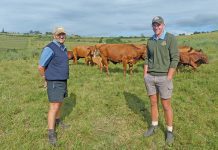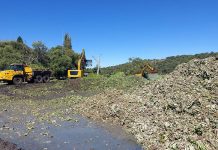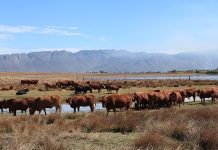Local lamb is a perennial favourite among red meat eaters because of its tender, flavourful meat. Several butchers and retail stores now sell certified free-range lamb at reasonable prices. But to save money, stock up when there’s a sale, or look for cuts that offer more meat and less bone per kilogram.
Some retailers also sell certified natural lamb, which is free of antibiotics and added hormones – two of the main culprits when it comes to hormone disruption in humans, as well as overexposure to unnecessary medicines in meat.
SA sheep are mostly pasture-fed or free-range. They consume less feed and don’t graze on grass only, but on a variety of shrubs and plants, which contributes to the exquisite taste of the meat.
Free-range lamb is guaranteed not to have been finished in feedlots, where livestock is usually fattened on grains high in harmful omega-6 oils.
If you compare natural lamb to other meat it’s not the cheapest, but it’s exceptional from a health point of view. Lamb is a nutrient-dense food and according to the website www.healthymeat.co.za, it provides good quality protein, vital minerals like zinc, iron and magnesium, as well B-group vitamins B6, B12, B3, B2 and B1.
It also has an optimum balance of essential amino acids. Lamb used to be regarded as fatty but if the meat is trimmed of visible fat, lean lamb has only about 10g or less of fat per 100g and can be included in low fat diets.
For lamb preparation, it’s recommended you first coat the meat in oil instead of adding oil to the pan. This reduces the total amount of fat used when frying. Both the pan and the fire or oven should be hot prior to cooking. The same principle of coating the meat with oil first also applies to stir-frying.
You should pat dry marinated meat with a paper towel before grilling or frying to preserve tenderness. In addition, it’s recommend you only turn the meat once and use tongs. Piercing the meat with a fork will let the juices run out – Johanita Louw |fw
Healthy, tasty SA lamb
Local lamb is a perennial favourite among red meat eaters because of its tender, flavourful meat.
Issue date: 13 February 2009
| Read more |
|








